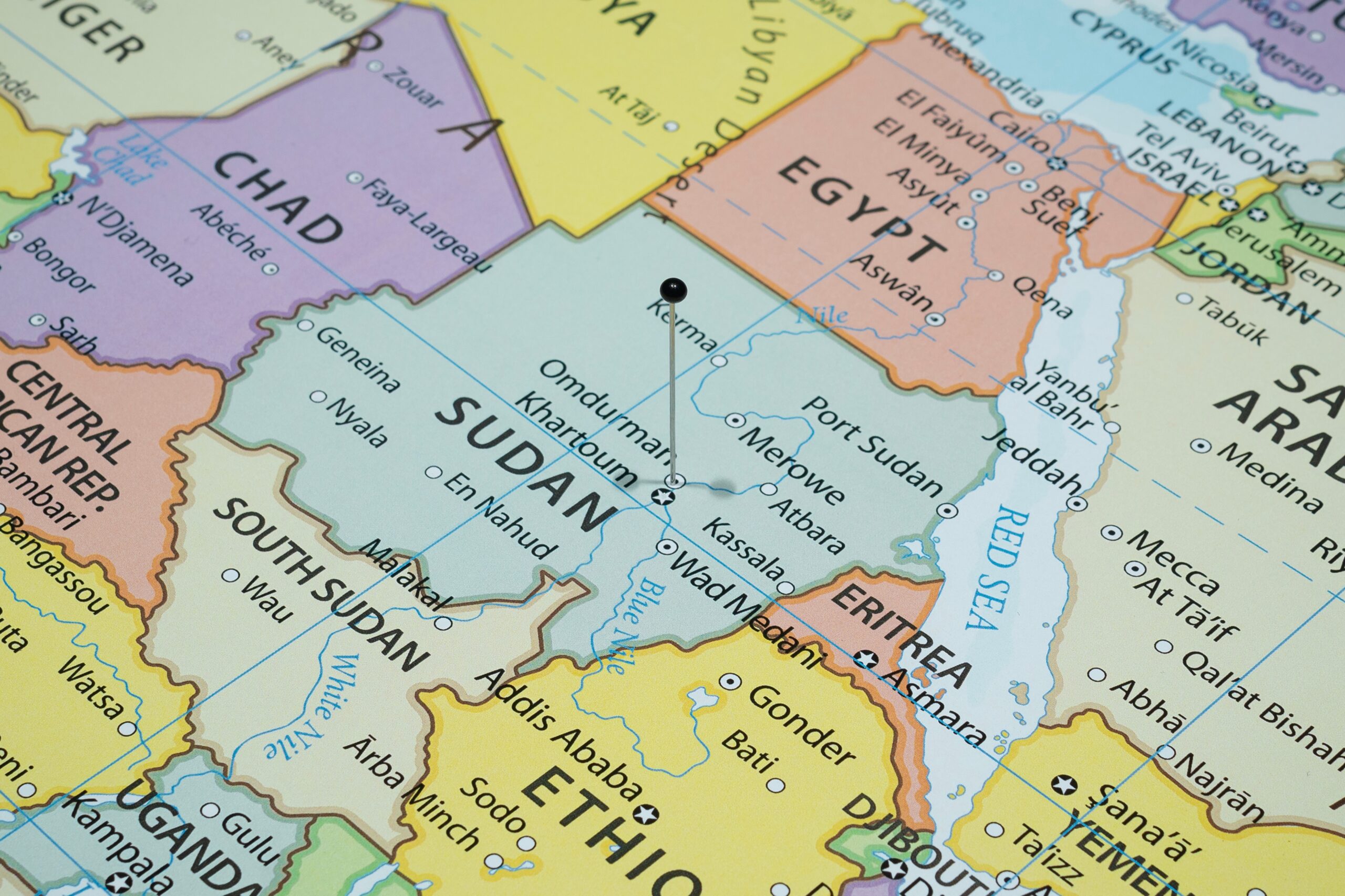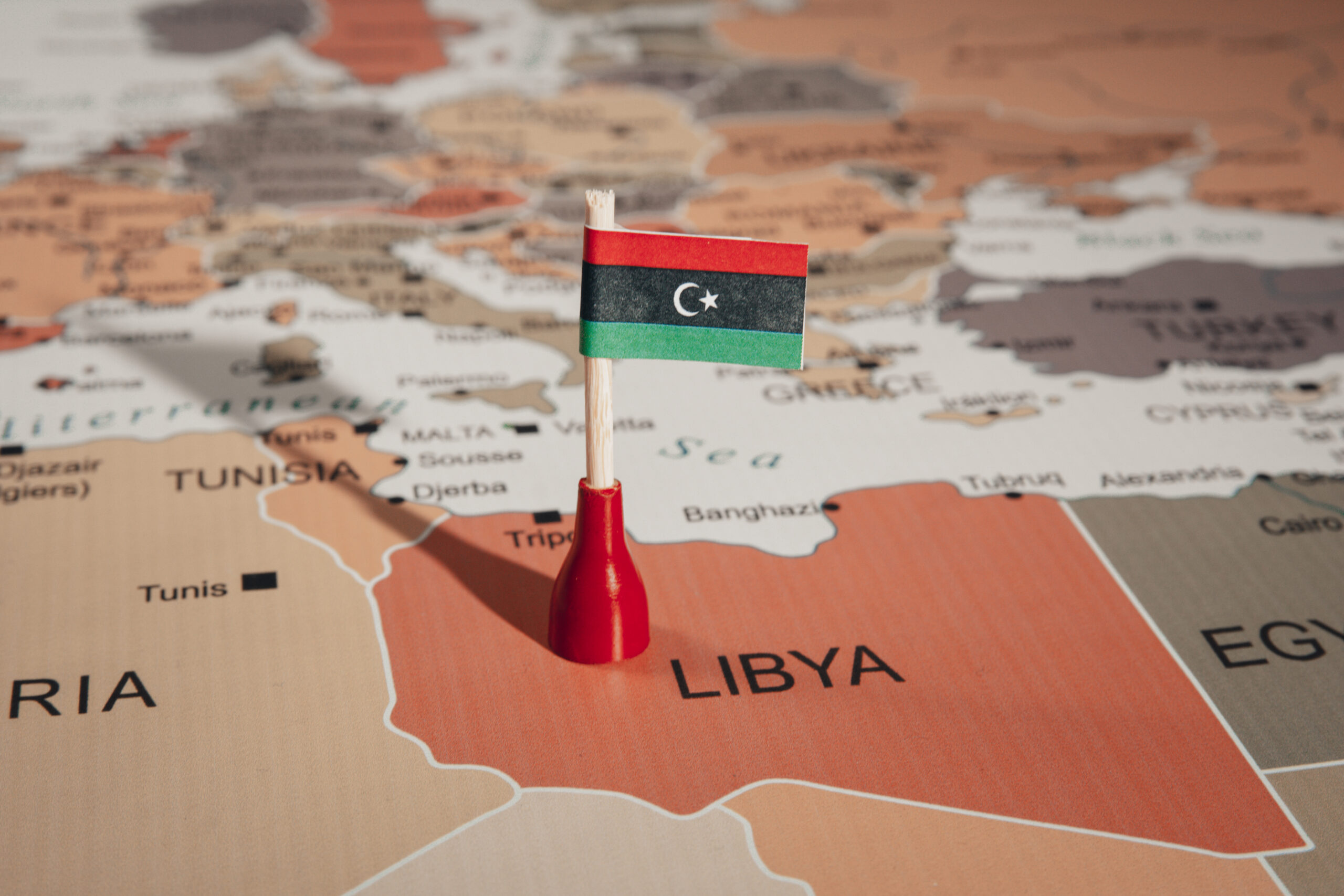Africa is home to some of the world’s largest and most diverse countries. These nations cover vast areas of land, each boasting unique geographical features, populations, and ecosystems. The size of these countries plays a critical role in shaping their climates and resources. In this list, we’ll explore some of the largest countries on the African continent. From Algeria to Niger, their size and population make them stand out in both regional and global contexts.
Algeria

Algeria is the largest country in Africa. Its land area spans 2.38 million square kilometers. It stretches from the Mediterranean coast to the heart of the Sahara Desert. The population exceeds 44 million people. Most live in the northern regions, where the climate is milder. The southern part of the country is mostly desert. Despite its vast size, much of Algeria is sparsely populated.
Democratic Republic of the Congo

The Democratic Republic of the Congo covers around 2.34 million square kilometers. It is located in Central Africa, with dense rainforests and vast savannas. The country has a population of over 95 million people. It is known for its rich natural resources, including minerals and timber. The Congo River flows through the country, providing vital water sources. Despite its size, many areas remain remote and underdeveloped.
Sudan

Sudan spans 1.88 million square kilometers, making it one of Africa’s largest. Located in northeastern Africa, it includes deserts and fertile lands along the Nile River. Its population is estimated at over 46 million people. The country is rich in cultural history, with ancient Nubian pyramids. Most people live near the Nile, where agriculture thrives. The large desert regions remain largely uninhabited.
Libya

Libya occupies about 1.76 million square kilometers in North Africa. The country is mostly covered by the Sahara Desert. Its population of over 6.7 million is concentrated along the Mediterranean coast. Libya’s vast deserts hide significant oil reserves. The country’s geography features a mix of arid desert and coastal plains. Its climate is harsh in the interior but milder near the coast.
Chad

Chad is a landlocked country in Central Africa, covering 1.28 million square kilometers. The population is around 17 million people, with many living in the southern, more fertile regions. The country is known for Lake Chad, which supports much of its agriculture. Northern Chad is dominated by desert, while the south has more arable land. Its diverse landscape includes both arid and tropical areas.
Niger

Niger is the largest landlocked country in West Africa, with an area of 1.27 million square kilometers. The population is over 25 million, with many living in rural areas. The country is mostly covered by the Sahara Desert. However, the Niger River in the southwest provides vital resources. The climate is mostly hot and dry, with limited rainfall. Despite its size, Niger struggles with low population density in some areas.
Angola

Angola covers approximately 1.25 million square kilometers in southern Africa. The population is over 35 million people, with many living in urban areas. Its landscape includes savannas, deserts, and rich coastal regions. Oil and diamonds are key resources that drive its economy. The country’s coastline stretches along the Atlantic Ocean. Angola’s interior remains sparsely populated compared to its coastal regions.
Mali

Mali spans around 1.24 million square kilometers in West Africa. Its population is about 22 million people. Much of the country lies within the Sahara Desert. The Niger River runs through Mali, providing water to many communities. The southern part of Mali is more fertile and heavily populated. The desert north remains largely uninhabited due to harsh conditions.
South Africa

South Africa covers 1.22 million square kilometers. It is home to over 60 million people. The country has diverse landscapes, from deserts to lush forests and mountains. Its economy is the most developed in Africa. Major cities like Johannesburg and Cape Town are key urban centers. South Africa’s coastline along the Indian and Atlantic Oceans adds to its geographic variety.
Ethiopia

Ethiopia occupies 1.1 million square kilometers in the Horn of Africa. The population exceeds 120 million people, making it one of Africa’s most populous nations. Its terrain includes highlands, deserts, and plateaus. The country’s economy relies heavily on agriculture. Ethiopia’s cultural history is rich, with ancient civilizations influencing its modern identity. The capital, Addis Ababa, sits in the highlands.
Mauritania

Mauritania spans about 1.03 million square kilometers in northwest Africa. Its population is just over 4.5 million people, mostly living in the south. Much of the country is desert, with the Sahara dominating its landscape. The coastline along the Atlantic Ocean provides key fishing resources. Mauritania’s economy depends on mining and agriculture. Its harsh climate limits population density in northern regions.
This article originally appeared on Rarest.org.
More from Rarest.org
9 Priciest Vintage Land Rovers Ever Sold

Land Rovers have long been revered for their durability and rugged design, making them icons in the world of off-roading. Read More.
17 Critical Pollinators Essential for Global Agriculture

Pollinators play a crucial role in agriculture, enabling plants to produce fruits, seeds, and other vital crops. Read More.
9 Most Expensive Vintage Porcelain Figurines Ever Collected

Porcelain figurines have long been treasured for their intricate craftsmanship and delicate beauty. Read More.
